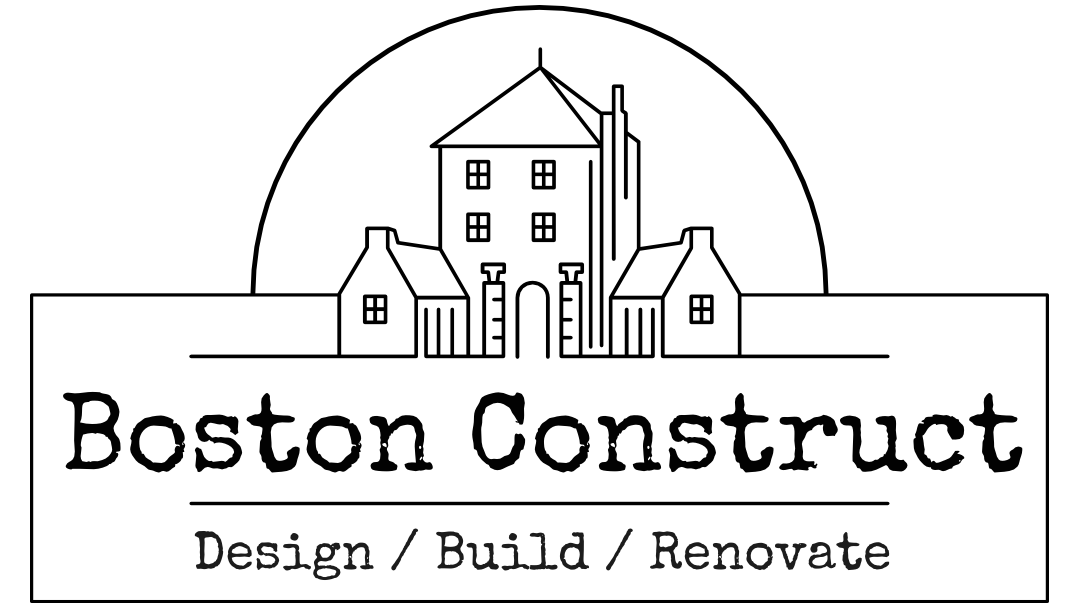Easy Guide to Understanding the Design-Build Process
Understanding the design-build process can make your home construction project smoother and more enjoyable. This approach combines both design and construction services under one contract. It means you work with a single team from start to finish. This helps ensure that everyone is on the same page, making communication easier and reducing the chances of misunderstandings.
The design-build method offers several benefits, such as streamlined timelines and potentially lower costs. When the designers and builders collaborate from the beginning, they can create a more efficient and cohesive plan. This teamwork helps catch potential issues early and allows for quick adjustments.
Whether you’re building a new home or remodeling an existing one, knowing how the design-build process works can save you time, money, and stress. So, we aim to simplify the concept and provide clear steps to follow. By the end, you’ll understand why the design-build approach might be the best choice for your project.
What Is the Design-Build Process?
The design-build process is a method where one team handles both the design and construction of a project. Instead of hiring an architect and a separate contractor, you work with a single group. This group includes designers, architects, and builders who collaborate from start to finish.
The process begins with you sharing your vision and needs. The design-build team listens and then creates a plan that matches your ideas. Because everyone is on the same team, they can work together to solve problems and make changes quickly.
This method is different from the traditional design-bid-build process, where the design and construction phases are separate. With design-build, there is one contract and one team. This unity helps ensure that the project stays on track and meets your expectations.
Key Advantages of the Design-Build Approach
The design-build approach offers several advantages that can make your construction project run more smoothly. One of the main benefits is better communication. Since everyone is part of the same team, there is less chance for misunderstandings. The team works together from the beginning to create a cohesive plan.
Another advantage is a shorter timeline. The design and construction phases happen simultaneously, which can save time. Changes and adjustments are easier to handle because all the experts are working together. This coordination can lead to faster completion of your project.
Cost savings is also a significant benefit. Combining design and construction helps identify potential problems early, reducing the risk of costly changes later. Additionally, having one contract can streamline expenses and reduce administrative costs. The design-build approach can provide a more efficient, cost-effective, and enjoyable experience for building your custom home.
Steps Involved in the Design-Build Process
Understanding the steps involved in the design-build process can help demystify the journey from concept to completion. Here’s a simple breakdown of the typical steps:
1. Initial Consultation: The process starts with an initial meeting between you and the design-build team. You share your vision, requirements, and budget. The team provides an overview of the process and answers any questions you have.
2. Design Phase: During this phase, architects and designers work on creating a detailed plan based on your input. They consider both aesthetics and functionality. You’ll review sketches and blueprints and provide feedback to ensure the design meets your expectations.
3. Pre-Construction Planning: Once the design is finalized, the team moves to planning the construction phase. This includes securing permits, ordering materials, and scheduling the work. A detailed timeline is created to keep the project on track.
4. Construction Phase: The construction team begins building your project according to the plan. Regular meetings and updates ensure you stay informed about progress. Any necessary adjustments are discussed and implemented swiftly.
5. Final Inspection and Handover: After construction is complete, a thorough inspection is conducted to ensure everything meets the agreed standards. The team addresses any final adjustments before handing over the keys to your new custom home.
Choosing the Right Design-Build Team for Your Project
Choosing the right design-build team is crucial for the success of your project. Here are some key factors to consider:
1. Experience and Expertise: Look for a team with a solid track record in design-build projects. Experienced teams bring valuable insights and can handle challenges effectively.
2. Communication Skills: Good communication is essential. The team should be able to explain concepts clearly and be responsive to your questions and concerns.
3. Reputation and Reviews: Check online reviews and ask for references. A team with positive feedback from past clients is likely to provide quality service.
4. Portfolio: Ask to see examples of their previous work. A diverse portfolio shows their capability to handle different styles and requirements.
5. Budget Transparency: The team should provide clear and detailed estimates. Transparency in pricing helps avoid surprises down the road.
6. Compatibility: It’s important to feel comfortable with the team. A good rapport can make the entire process more pleasant and collaborative.
The Design-Build Approach
The design-build process simplifies and streamlines building projects, making it an appealing choice for many homeowners. By combining design and construction under one roof, the process encourages better communication, faster timelines, and potential cost savings. Understanding the steps involved and choosing the right team is key to a successful project.
Boston Construct specializes in the design-build process, bringing years of experience and a commitment to quality. Ready to start your dream home project? Contact custom home renovation contractors in Boston today to see how we can turn your vision into reality!

